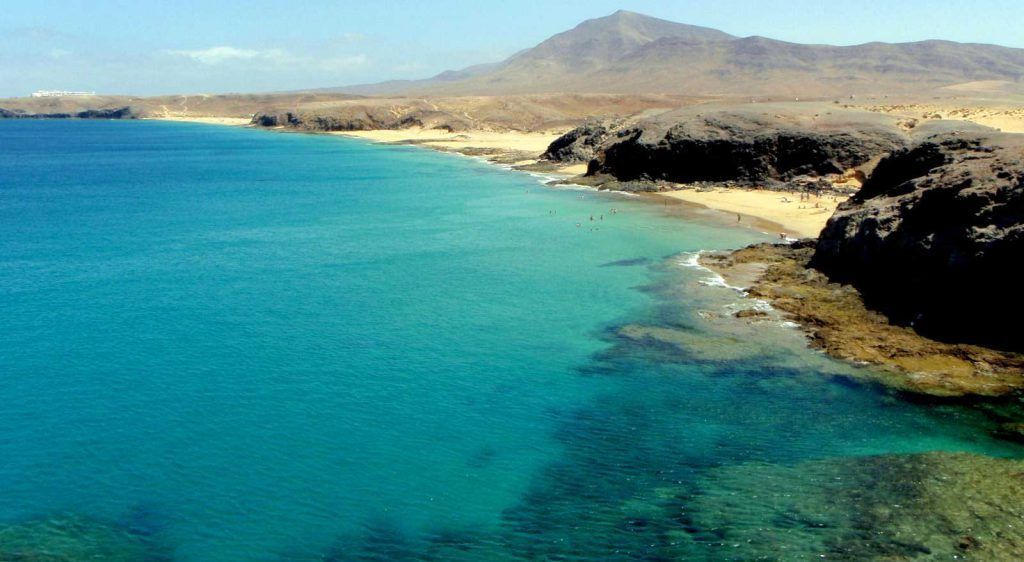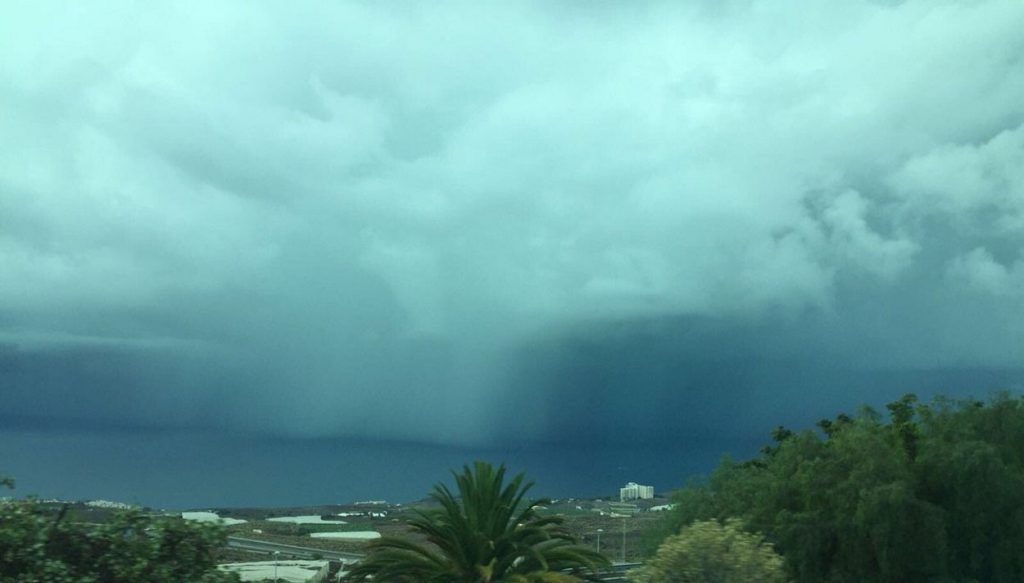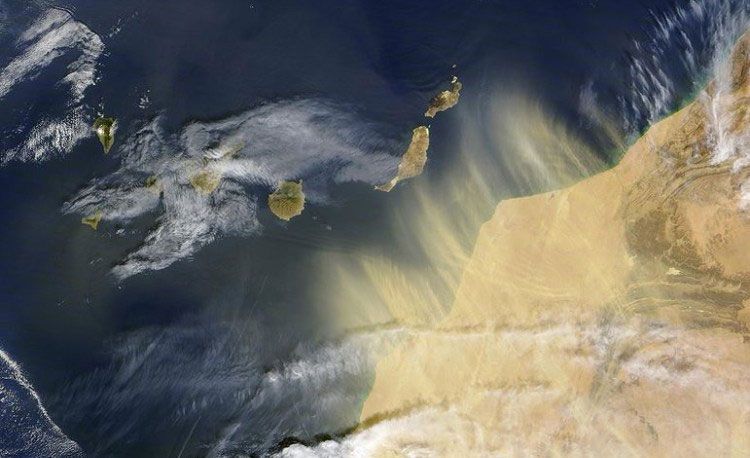Lanzarote Weather – forecast and general climate
Lanzarote Weather
Find here the actual forecast of Lanzarote Weather for the next days.
Lanzarote Climate
Lanzarote is a tropical island in the temperate zones of the Tropic of Cancer.
The climate of Lanzarote is defined subtropical. This is based on its temperatures and annual precipitations that correspond to a dry sub-desert climate.

The Canary Islands are located on the same parallel as Florida and the Bahamas, that means latitude 28º and longitude 22º.
Lanzarote is proteced by the climate effect of the impact of high saharian temperatures against the currents from the Gulf of Mexico.
Due to this factors, the climate of Lanzarote is very mild. The temperatures are quite stable the whole year round.
Average Temperatures
The average annual temperature is of 20 degrees.
In January, the coldest month the average temperature at sea level, is of 17 degrees.
The average temperature of the hottest month is of 24 degress.
During the night the temperatures normally do not go under 13 degrees in winter and 20 degrees in summer.

Rainfalls
Regarding rainfalls on Lanzarote the average is lower than 200 mm yearly.
These rainfalls are mainly concentrated in the winter month. During the month of June and Octobre it nearly never rains on the island.
The simple reason for this small quantity of rainfalls is the low height of Lanzarote. It prevents the retention of humidity of the nearly constant trade winds.

In fact, because of no major montainous barriers, we do not have the typical “sea of clouds”, that you can find on other Canary Islands, like Tenerife or La Palma.
Nevertheless, and as an exception, the cloudiness is more abundant in the high zone, like Los Ajaches and The Cliff of Famara.
Wind and Calima
The wind on Lanzarote is nearly permanent, except for the quiet months Septemeber and October and sometimes as well November.
A frequent phenomenon is the appearance of winds coming from the saharian desert.
Winds that drag big quantaties of airborne dust.
The proximity of Lanzarote to the Continental Coast of Africa makes these phenomenons of Siroco, Calima or “Weather from the South” occur on the Island.
And when this happens, the temperatures can reach up to 46 degrees (2004) and the visibility is very reduced due to all the dust.
But luckily the Calima only lasts one to three days.

